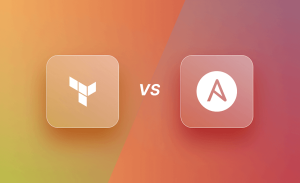
Explaining Strings, Variables, Numbers, Operators, Functions, Lists, Indexes, Mutability, len(), Dictionaries, Key-Value Pairs with expalmes.
Let’s go through a brief explanation of each topic along with examples:
- Strings: Strings are sequences of characters enclosed in single (”) or double (“”) quotes. They are used to represent text in Python.
Example:
name = "John"
message = 'Hello, world!'
- Variables: Variables are used to store data values. They can hold different types of values such as numbers, strings, or objects.
Example:
age = 25
height = 1.75
- Numbers: Numbers can be of different types in Python, including integers (whole numbers) and floating-point numbers (decimal numbers).
Example:
count = 10
price = 4.99
- Operators: Operators are used to perform operations on variables and values. They include arithmetic operators (+, -, *, /), comparison operators (>, <, ==), and logical operators (and, or, not).
Example:
a = 5
b = 3
sum = a + b
- Functions: Functions are reusable blocks of code that perform specific tasks. They help in organizing code and promoting code reusability.
Example:
def greet(name):
print("Hello, " + name + "!")
greet("Alice")
- Lists: Lists are ordered collections of items enclosed in square brackets ([]). They can hold different types of data and are mutable (can be modified).
Example:
fruits = ['apple', 'banana', 'orange']
numbers = [1, 2, 3, 4, 5]
- Indexes: Indexes are used to access individual elements in a list or a string. They start from 0 for the first element.
Example:
fruits = ['apple', 'banana', 'orange']
first_fruit = fruits[0]
- Mutability: Mutability refers to the ability of an object to be modified after it is created. Lists are mutable, meaning you can change their elements.
Example:
fruits = ['apple', 'banana', 'orange']
fruits[1] = 'grape'
- len(): The len() function is used to determine the length (number of elements) of a list, string, or other sequence-like objects.
Example:
fruits = ['apple', 'banana', 'orange']
length = len(fruits)
- Dictionaries: Dictionaries are unordered collections of key-value pairs enclosed in curly braces ({}). They are used to store data with unique keys.
Example:
student = {'name': 'John', 'age': 20, 'grade': 'A'}
- Key-Value Pairs: In dictionaries, data is stored as key-value pairs. Each key is associated with a value, and you can access values using their corresponding keys.
Example:
student = {'name': 'John', 'age': 20, 'grade': 'A'}
name = student['name']
These are some fundamental concepts in Python. By understanding and practicing them, you’ll be able to write Python code more effectively.






